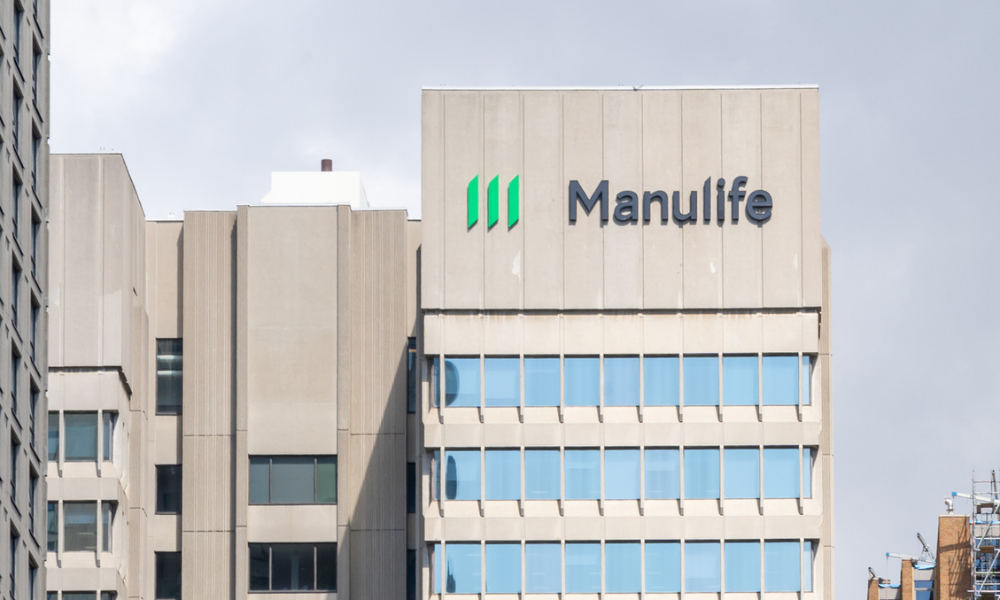Harvest ETF’s CIO on seizing opportunities amidst technological breakthroughs and market volatility

This article was produced in partnership with Harvest ETFs
A significant part of the healthcare sector's appeal in 2024 and beyond lies in its capacity for innovation. Recent breakthroughs, particularly in drug development and advancements in medical devices, have the potential to significantly impact the medical landscape. For instance, new treatments and drugs not only enhance patient care but also open up substantial market opportunities for companies involved in their development, production, and distribution.
Paul MacDonald, chief investment officer at Harvest ETFs acknowledges in 2023, the healthcare sector did not keep pace with other market segments, notably technology. The sector, typically seen as a defensive play, suffered from a market shift towards growth-oriented investments. This reversion was a stark contrast to 2022, where healthcare had shown relative strength amidst a broader market downturn. Additionally, the sector was affected by a concentrated market performance that heavily favored technology and AI-driven stocks, overshadowing more stable sectors like healthcare.
Despite the underperformance in 2023, recent developments indicate a promising outlook for the healthcare sector in 2024. As the market adjusts to the economic landscape, healthcare may regain its position as a preferred sector for investors seeking stability amid uncertainty.
Delivering performance and cash flows
Despite the sector's overall dip in 2023, the Harvest Healthcare Leaders Income ETF (HHL) remained one of the top performers in Canada. “The active covered call strategy certainly played a positive role when markets were volatile and had downward pressure,” MacDonald says, “HHL is one of the top performing healthcare ETFs in Canada over the past 1, 2, 3 years amidst a relatively challenging macro backdrop.
“The stock selection also has had a positive impact, selling select positions early, such as Pfizer Inc., and adding to areas that we saw more optimistic outlooks, such as in the tools and diagnostics areas and robotic assisted surgery equipment, had positive impact on the absolute and relative performance.”
Aging populations and technological innovation
MacDonald emphasizes the long-term view that underpins Harvest ETFs' investment strategy. Aging populations, coupled with technological innovation in drugs and equipment, form the bedrock of their positive outlook for the sector. These demographic shifts not only drive increased healthcare spending but also create demand for innovative solutions to address age-related health issues.
The aging population represents a fundamental driver of healthcare demand, offering enduring investment opportunities. “As we age, we invariably spend more on our healthcare needs,” MacDonald observes. “This is one of our long-term key drivers.”
In the short term, while some lagging pharmaceuticals may experience a trading price reprieve, the fundamentals point to a continued recovery in tools and diagnostics. MacDonald highlights the growing momentum in robotic-assisted surgery equipment and the promising prospects of the GLP-1 category. The continued expansion of GLP-1 usage beyond diabetes and obesity opens up significant opportunities for market growth.
Integration of artificial intelligence and GLP-1s into investment strategy
Artificial intelligence (AI) stands out as a systemic driver with far-reaching implications across healthcare sub-sectors. From data analysis to complex gene editing treatments, AI is poised to revolutionize healthcare delivery. Regarding GLP-1s, MacDonald sees their sizeable market potential and the need for strategic allocation within the portfolio.
He says, “For GLP-1s we do believe that the market size for the class has become massive. From approximately US$2.5 billion in 2021 expecting to be US$100 billion by 2029, and that’s without positive success in some of the more novel areas that testing is occurring such as Alzheimer’s disease.
“From a portfolio standpoint though, we want to make sure we have exposure but given the valuation moves and, should another company prove a drug to be superior, then that could have an impact on existing holdings. We think a direct 5 percent allocation towards a company like Eli Lilly makes sense.”
What's becoming increasingly evident is that success isn't confined to one realm but is branching out into lesser-discussed areas. MacDonald points to using a GLP1 drug in combination with say Regeneron’s muscle atrophy drug that is ongoing in late-stage trials right now.
The notion is that combining these therapies could not only preserve muscle mass but also enhance the effectiveness of the GLP1 treatment even further. This impact extends beyond drug development; companies like Thermo Fisher, with facilities equipped for filling injectables, stand to benefit from these positive financial tailwinds.
Maintaining defense and capturing growth
Diversity across sub-sectors and indications remains paramount to mitigating risks and capturing growth opportunities. Holding dominant companies with proven track records helps safeguard against sector-specific downturns. The active option strategy employed by Harvest ETFs provides additional flexibility in generating monthly cash flows while managing risk.
As healthcare continues to spearhead innovation, Harvest ETFs remains vigilant in evaluating and incorporating emerging technologies into its investment strategy.
MacDonald maintains, “Diversity is key. Both across the sub-sectors but also ensuring that we aren’t over-exposed to any one particular treatment area – for example ensuring that we have diversity across indications. The active option strategy also affords us the opportunity to generate monthly cash flows.
“Holding dominant companies that have proven abilities to execute financially and on R&D help mitigate risks of being exposed to one specific drug or type of drug. We’ll miss some of the big rocket moves to the upside – but we’ll also miss some of the torpedoes to the downside.”



